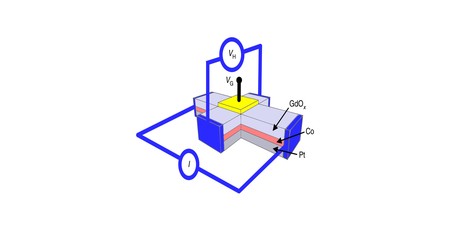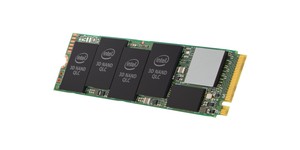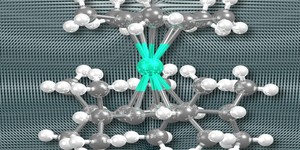Researchers claim spintronics breakthrough
November 13, 2018 | 11:41
Companies: #brookhaven-national-laboratory #massachusetts-institute-of-technology

Researchers at the Massachusetts Institute of Technology and Brookhaven National Laboratory have announced a breakthrough in the creation and control of spintronic memory devices, potentially charting a path to a future of ultra-low-power computing systems.
Traditionally, volatile random-access memory (RAM) is split into two main types: Static RAM (SRAM) and dynamic RAM (DRAM). SRAM is able to hold its contents without being refreshed, so long as power is applied; DRAM requires constant refresh cycles in order to retain its contents. SRAM is fast but expensive; DRAM is slower but considerably cheaper. As a result, SRAM is typically found in small quantities where speed or reduced power draw is important; the system RAM in desktops, laptops, tablets, and smartphones, devices where quantity of RAM is key, is exclusively DRAM.
Spintronics is one of a range of potential replacements for both SRAM and DRAM, doing away with the idea of requiring power at all: A spintronic device stores data as magnetic orientations, not entirely dissimilar to a mechanical hard drive or floppy disk, and requires power only when the data is being read or written. The result: a high-speed memory device which draws considerably less power and generates considerably less heat than today's DRAM or even SRAM.
Spintronics hasn't yet hit the mainstream, however, thanks to a range of issues going from the lab to the shop shelf: Key among these is the lack of a means of easily controlling the magnetic properties of a material electrically through the simple application of a small voltage, without which spintronics devices become bulky, slow, and error-prone. It's here that researchers at the Massachusetts Institute of Technology and Brookhaven National Laboratory claim to have made their breakthrough - while, interestingly, trying to investigate why experiments in layered magnetic materials were producing different results from day to day.
The team's work builds on previous implementations which use oxygen ions to oxidise a thin layer of magnetic material in order to change its magnetic properties, but switches to hydrogen ions in order to improve speed and minimise damage to the material while also passing through layers of metals in a way oxygen ions simply cannot. 'When you pump hydrogen toward the magnet, the magnetisation rotates,' explains graduate student Aik Jun Tan of his team's discovery. 'You can actually toggle the direction of the magnetization by 90 degrees by applying a voltage - and it's fully reversible.'
Described by lead author Professor Geoffrey Beach as an attempt to 'make a magnetic analogue of a transistor', capable of being turned on and off repeatedly without degradation, the team's prototype sandwiches layers of cobalt, palladium or platinum, and gadolinium oxide with a final layer of gold for connection to the driving voltage. A brief application of voltage is enough to switch the magnetism, which then remains locked until it is reversed by short-circuiting its two sides - a process which requires absolutely zero power. The result: A high switching speed and an extremely low power draw.
The team isn't quite ready to move the technology into production yet, though: 'I can see lab-based prototypes within a few years or less, Beach admits, while warning that the production of a fully working memory cell based on the technology is 'quite complex'.
The team's work has been published in the journal Nature Materials and can be read in full from Beach's MIT homepage (PDF warning).

MSI MPG Velox 100R Chassis Review
October 14 2021 | 15:04








Want to comment? Please log in.